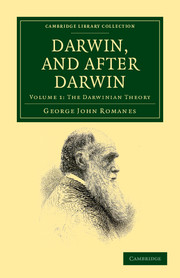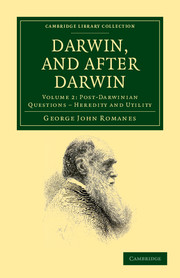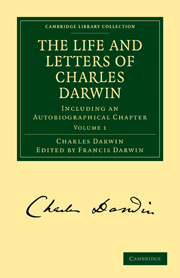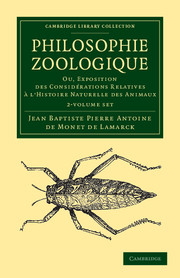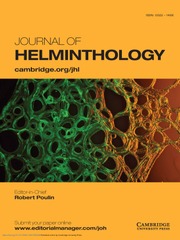Darwin, and after Darwin 3 Volume Set
George John Romanes (1848–94), evolutionary biologist, was one of the most zealous supporters of Darwin's theory of evolution by natural selection in the nineteenth century. He met Darwin in 1874 and became a firm friend and follower, applying Darwinian theory to his work on animal intelligence and mental evolution. Romanes was elected to the Royal Society in 1879 at the age of 31, having produced his own influential research on the evolution of the nervous system. This three-volume study of Darwin's work and its implications was first developed as a series of lectures given in Edinburgh and London between 1886 and 1890. Controversially, Romanes deviates from Darwin's assertion of the significance of geographical isolation, contending that physiological differences among the same species were central to evolutionary change. Published between 1893 and 1897, the work is important as a study of the influence of, and debate on, Darwin's theory.
Product details
November 2011Multiple copy pack
9781108038126
1042 pages
216 × 140 × 60 mm
1.36kg
130 b/w illus. 3 tables
Out of stock in print form with no current plan to reprint
Table of Contents
- Volume 1: Preface
- Preface to the second edition
- 1. Introductory
- 2. Classification
- 3. Morphology
- 4. Embryology
- 5. Palaeontology
- 6. Geographical distribution
- 7. The theory of natural selection
- 8. Evidences of the theory of natural selection
- 9. Criticism of the theory of natural selection
- 10. The theory of sexual selection, and concluding remarks
- Appendix to chapter 5
- Notes
- Index. Volume 2: Preface
- Note
- 1. Introductory: the Darwinism of Darwin and of the post-Darwinian schools
- 2. Characters as hereditary and acquired (preliminary)
- 3. Characters as hereditary and acquired (continued)
- 4. Characters as hereditary and acquired (continued)
- 5. Characters as hereditary and acquired (continued)
- 6. Characters as hereditary and acquired (concluded)
- 7. Characters as adaptive and specific
- 8. Characters as adaptive and specific (continued)
- 9. Characters as adaptive and specific (continued)
- 10. Characters as adaptive and specific (concluded)
- Summary
- Appendix
- Notes
- Index. Volume 3: Preface
- 1. Isolation
- 2. Isolation (continued)
- 3. Physiological selection
- 4. Evidences of physiological selection
- 5. Further evidences of physiological selection
- 6. A brief history of isolation as a factor in organic evolution
- General conclusions
- Appendix
- Index.


